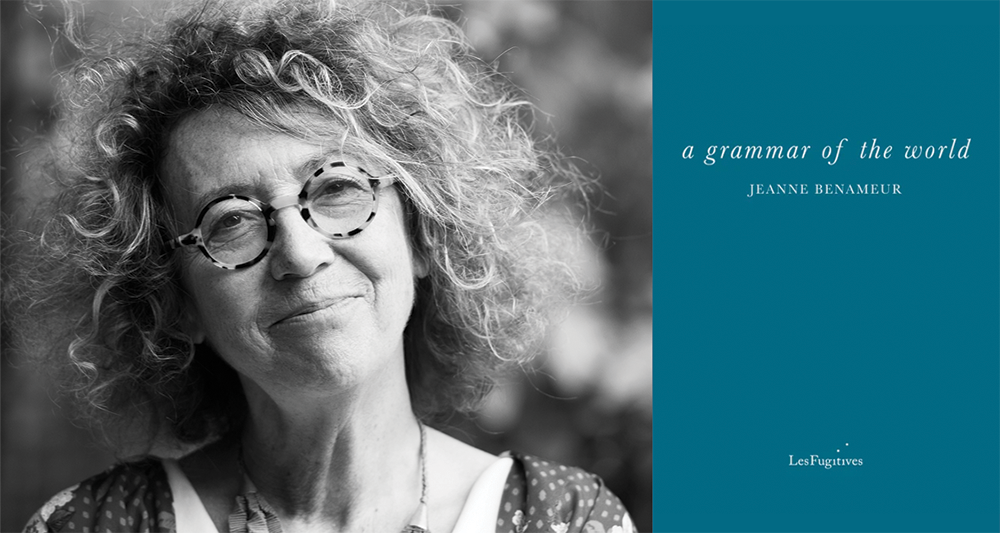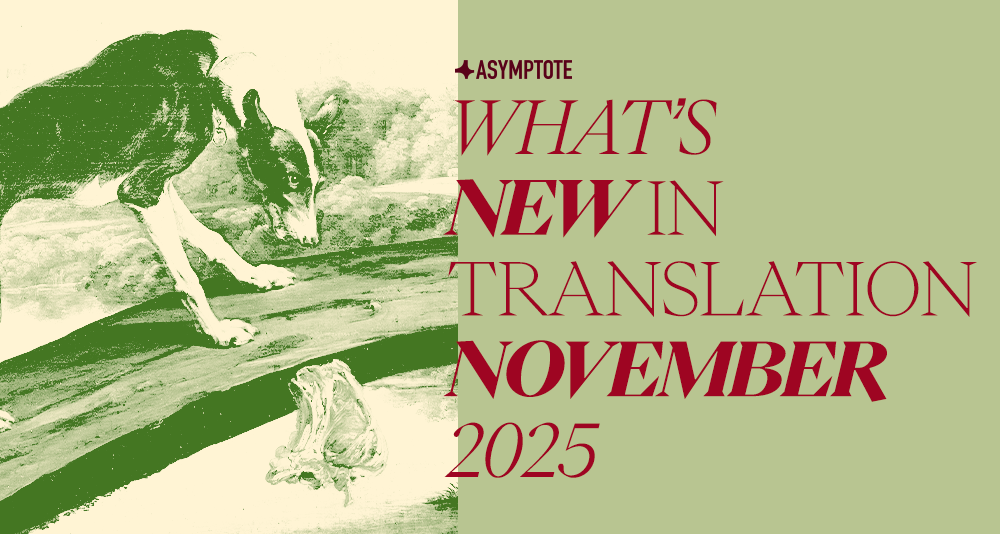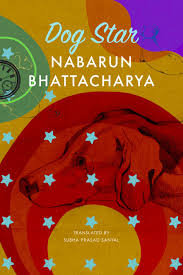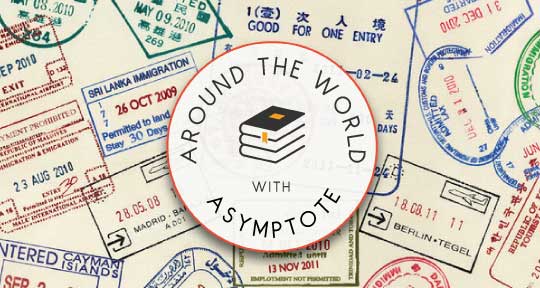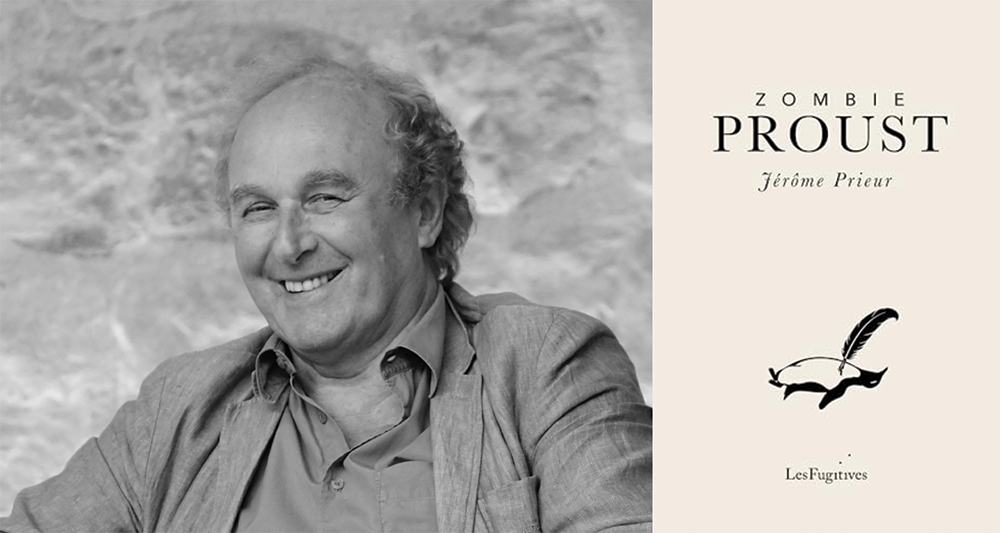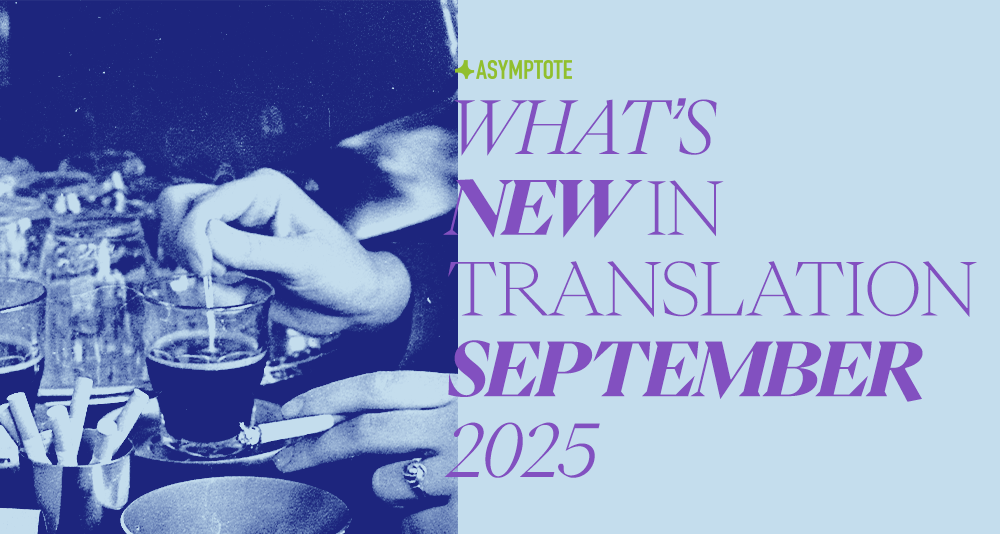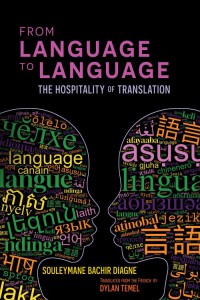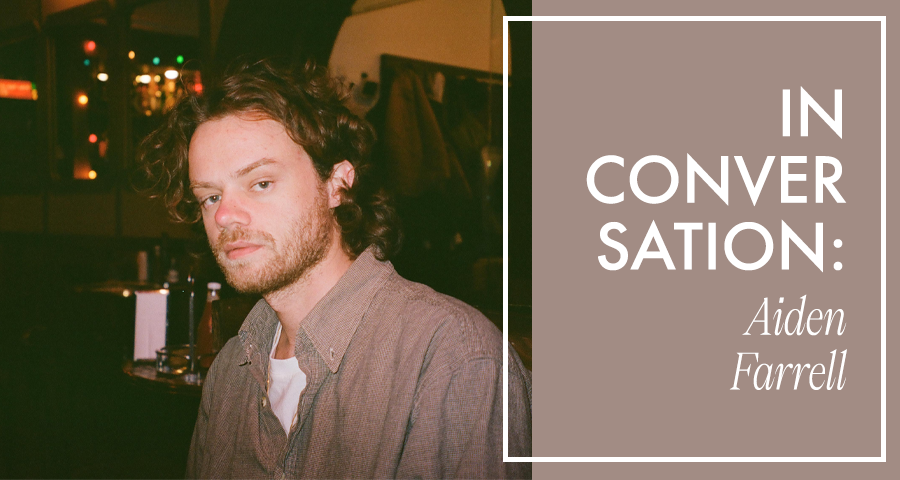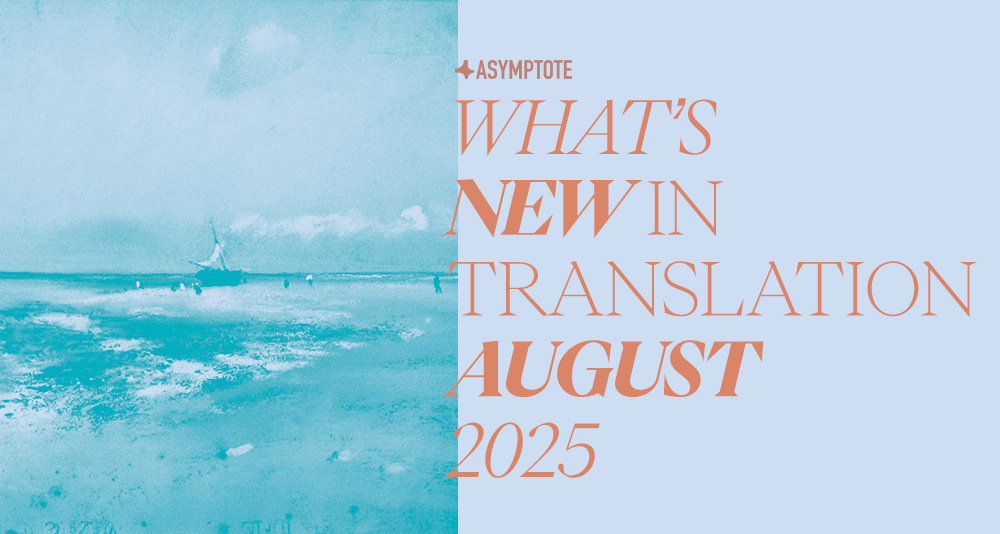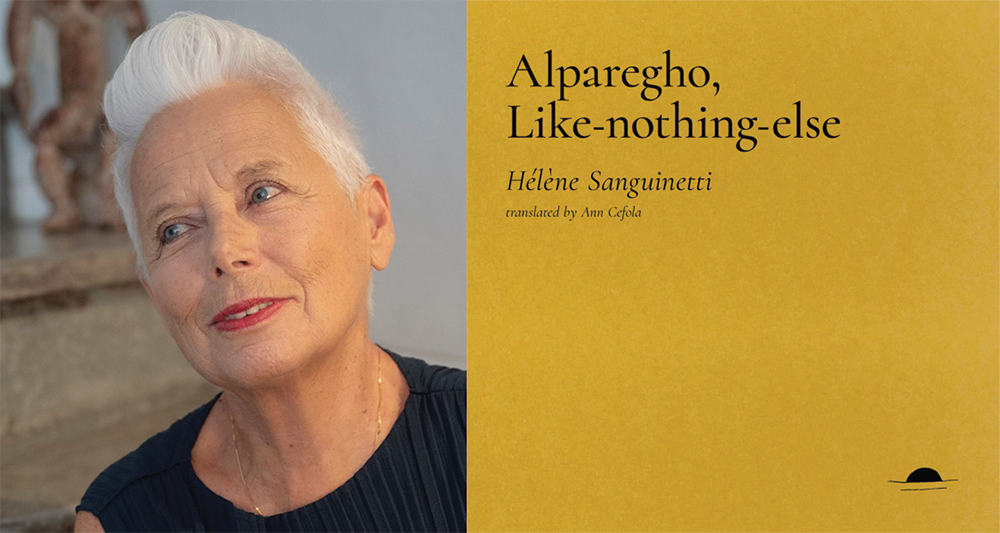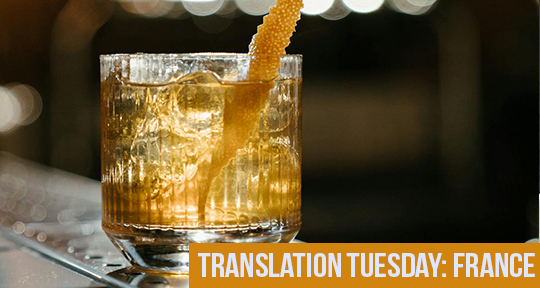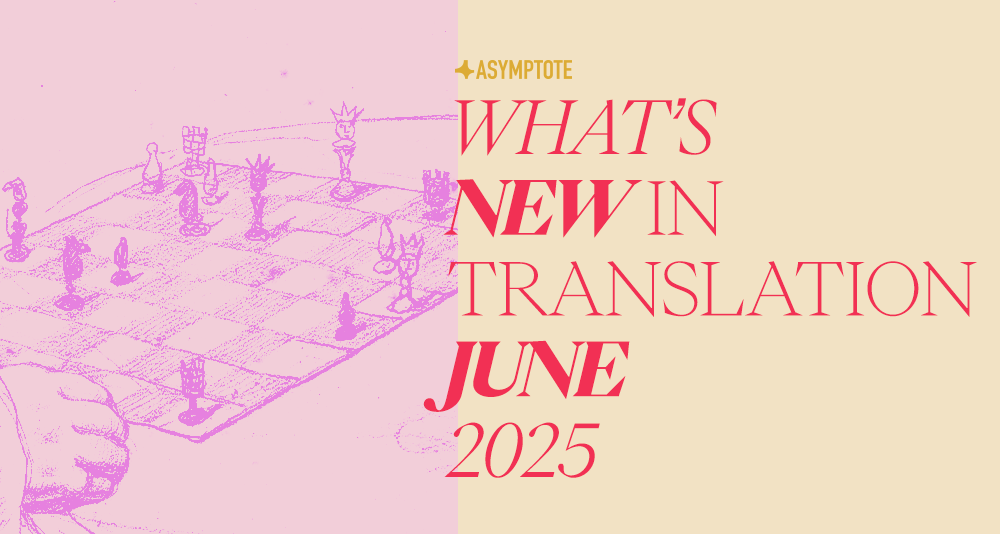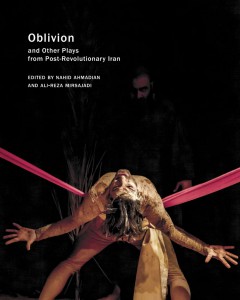EDUCATION

QUEENS COLLEGE MFA IN CREATIVE WRITING & LITERARY TRANSLATION
The MFA Program in Creative Writing & Literary Translation at Queens College—located in the most culturally and linguistically diverse in the nation—will hold a virtual Open House information session, December 4, 5-6pm EST. The program is dedicated to crossing boundaries in genre, craft, and language. Our literary translation track offers students an opportunity to work intensively on craft and pursue professional opportunities in the field. Classes are small, and students work closely with faculty mentors. Translation students also take cross-genre courses in our other tracks in poetry, fiction, and creative nonfiction. Apply by March 15 for financial aid consideration; final deadline April 15. For a zoom link and more information, see their website.
EVENTS
BCLT RESEARCH SEMINAR: TRANSLATION AND MULTILINGUALISM IN INDIAN FRANCOPHONE WRITING
This coming Wednesday, November 26th, join author, translator, and past Asymptote contributor Sheela Mahadevan for a virtual exploration of the works of Indian writers in French. The talk will explore the “entanglements between French and Indian languages, literatures and cultures” that have arisen as a result of processes of translation and “transcreation” in the work of Indian writers writing in the French language. The impact of French literature on some literary traditions in India—a phenomenon arising from Indian writers undertaking acts of French translation during the post-independence period—as well as the role of multilingual translations in shaping certain political and cultural agendas, will also be discussed. The event will take place online from 4-5:30pm GMT. Register here.


